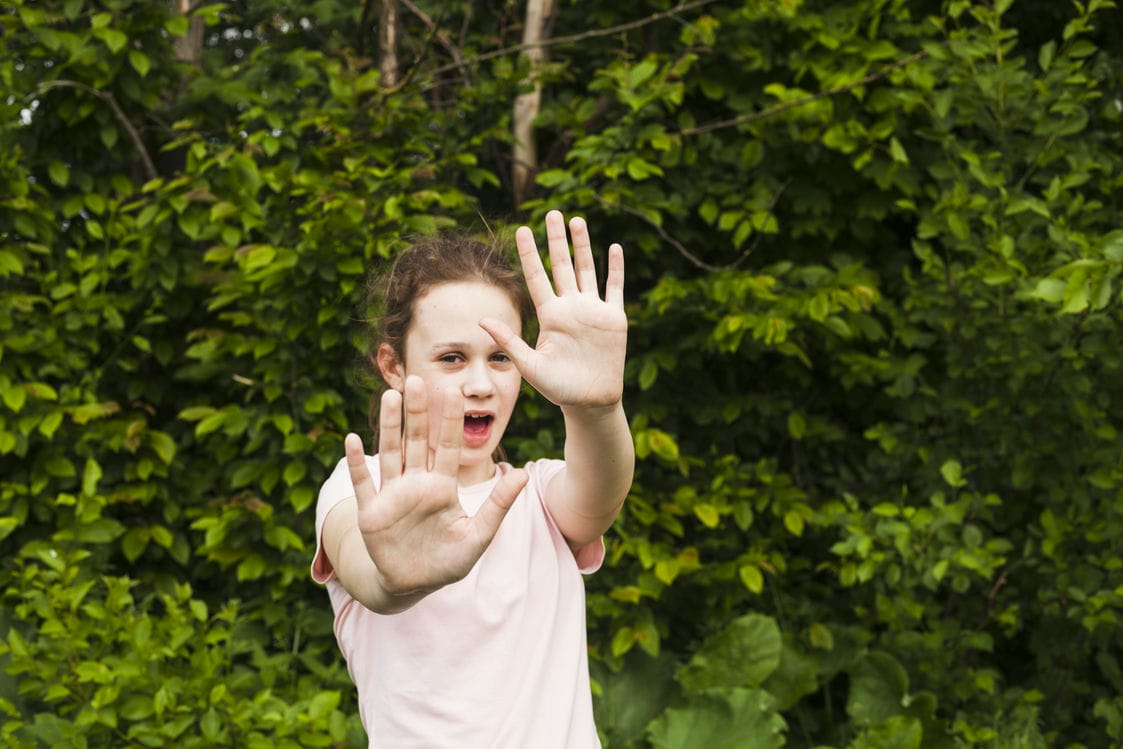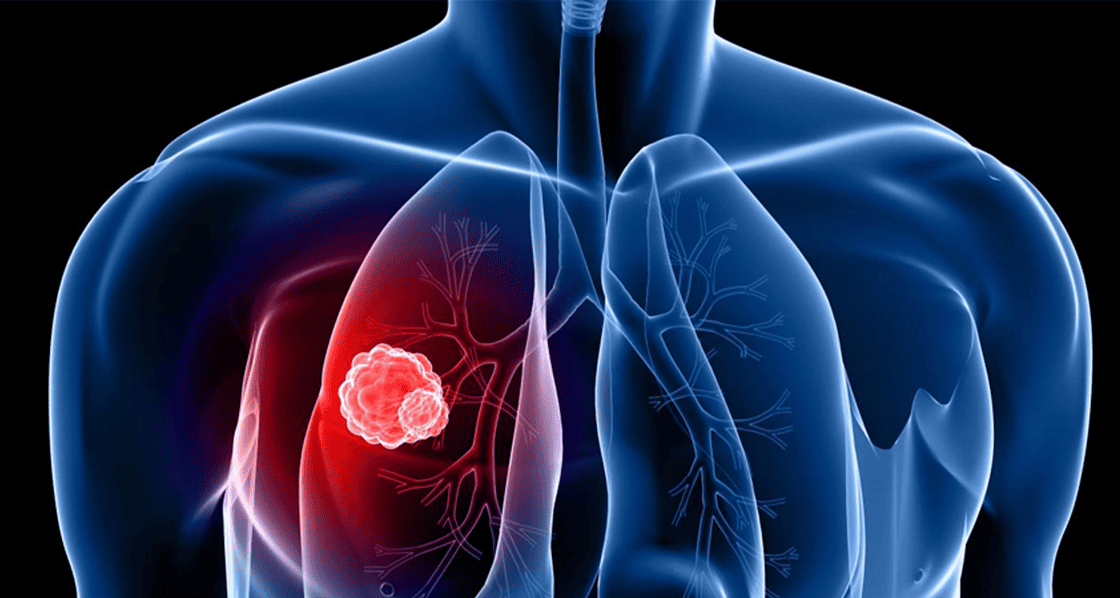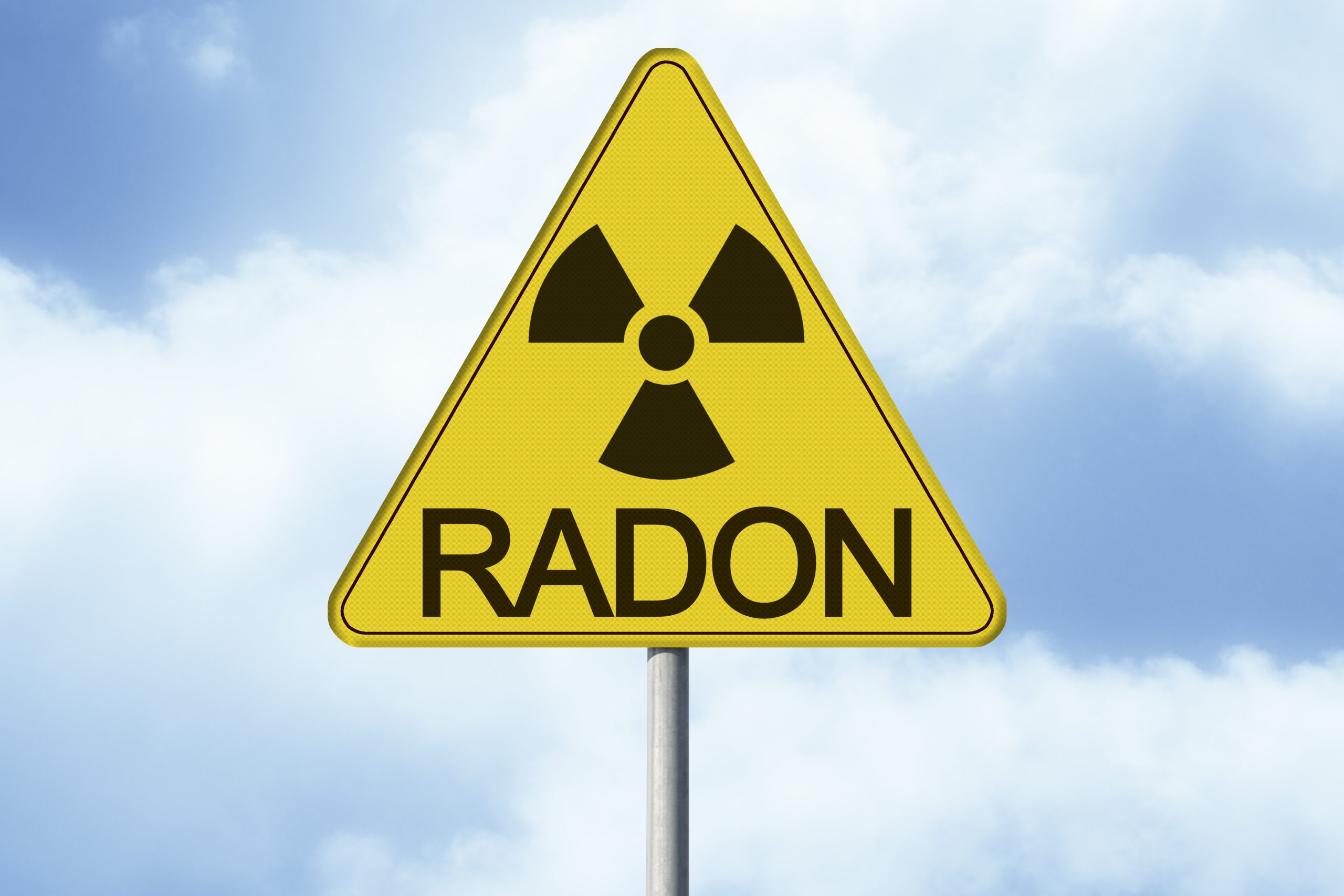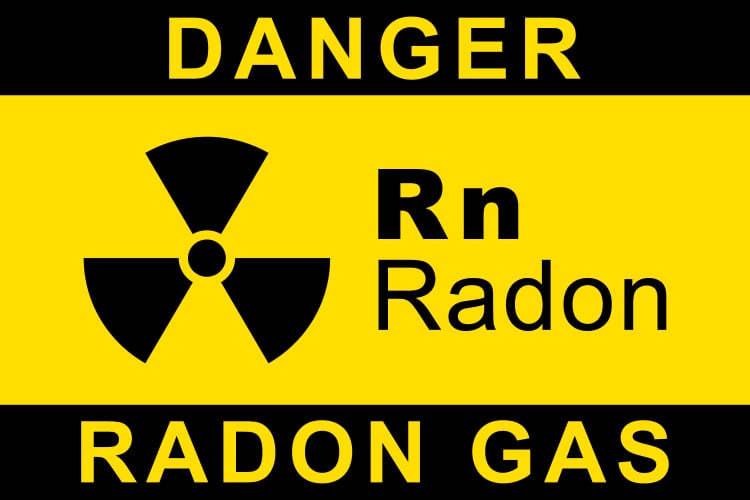Radon is a naturally occurring radioactive gas that is present in the soil and rocks. It is odorless, colorless, and tasteless, making it difficult to detect without proper testing. When radon is present in the air, it can be inhaled into the lungs, where it breaks down into tiny radioactive particles. These particles can damage the DNA in lung cells, increasing the risk of lung cancer over time.
Children are particularly vulnerable to these effects because their lungs are still developing and they breathe more rapidly than adults.
Table of Contents
Is Radon Dangerous to Children?
Radon exposure can have serious health consequences for children, including an increased risk of lung cancer and other respiratory problems. Children are particularly vulnerable to these effects because their lungs are still developing and they breathe more rapidly than adults.
According to the Environmental Protection Agency (EPA), radon exposure is the leading cause of lung cancer among non-smokers, and it is responsible for about 21,000 deaths in the United States each year. Children who are exposed to high levels of radon are at increased risk of developing lung cancer later in life.
The EPA estimates that about 5,000 cases of lung cancer in children each year are due to radon exposure.
In addition to lung cancer, radon exposure has also been linked to other health problems in children, including respiratory infections, asthma, and even leukemia.
It is important to note that these health effects may not become apparent until years or even decades after the exposure has occurred.
The Science Behind Radon Exposure and Children’s Health
Radon is a naturally occurring radioactive gas that is produced by the breakdown of uranium in soil, rocks, and water. When radon is released into the air, it can be inhaled into the lungs, where it breaks down into tiny radioactive particles.
These particles can damage the DNA in lung cells, increasing the risk of lung cancer over time. Children are particularly vulnerable to these effects because their lungs are still developing and they breathe more rapidly than adults.
The EPA has established a radon action level of 4 picocuries per liter (pCi/L) to protect public health. This level is based on the risk of lung cancer from radon exposure over a lifetime.
However, it is important to note that there is no safe level of radon exposure, and even low levels of radon can pose a risk to children’s health.
How to Protect Children from Radon Exposure
The most important thing that parents and caregivers can do to protect children from radon exposure is to test the home for radon.
The EPA recommends testing all homes for radon, regardless of the age or location of the home. Testing is the only way to know if radon levels are high in the home.
Certified Radon offers a hassle-free radon test with an industry-certified technician to deliver accurate results.
If radon levels are found to be high, there are steps you can take to reduce exposure, including sealing cracks and gaps in the foundation and installing a radon mitigation system for ultimate peace of mind.
It is also important to take steps to reduce radon levels in schools and childcare facilities. The EPA recommends that schools and childcare facilities test for radon and take action to reduce levels if they are high.
Parents can also advocate for radon testing and mitigation in schools and childcare facilities to protect their children’s health.
Conclusion
Radon exposure can have serious health consequences for children, including an increased risk of lung cancer and other respiratory problems. Parents and caregivers need to take steps to protect children from this invisible threat, including testing the home for radon and implementing appropriate mitigation measures.
The EPA recommends testing all homes for radon, regardless of the age or location of the home. Certified Radon offers a hassle-free radon test with an industry-certified technician to deliver accurate results.
If radon levels are found to be high, there are steps you can take to reduce exposure, including sealing cracks and gaps in the foundation and installing a radon mitigation system for ultimate peace of mind.
In addition to testing the home, parents and caregivers can take other steps to reduce radon exposure, including:
- Sealing cracks and gaps in the foundation and walls of the home
- Increasing ventilation in the home, especially in basements and crawl spaces
- Avoiding smoking and secondhand smoke in the home
- Encouraging schools and childcare facilities to test for radon and take action to reduce levels if they are high
By taking these steps, parents and caregivers can help protect children from the dangers of radon exposure and ensure a healthy and safe environment for them to grow and thrive.





